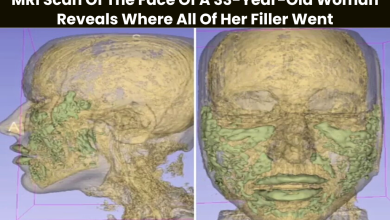
The final stages of life involve various physical changes that can signal the body’s gradual shutdown. While these changes might be unsettling to witness, they are a natural part of the body’s journey toward death.
Loss of Appetite and Thirst
As the body prepares for death, its need for nourishment decreases. Appetite and thirst tend to fade as energy requirements drop and the body begins to shut down. The digestive system slows, leading to diminished hunger and thirst, a signal that the body is no longer focused on sustaining itself but is preparing for its final phase.
Fatigue and Increased Sleep
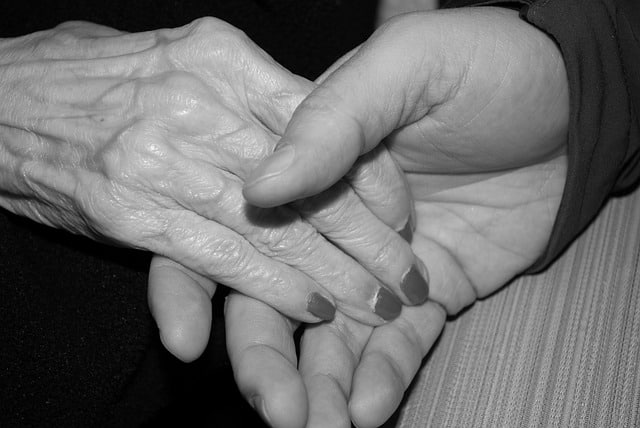
Fatigue becomes more pronounced as the body uses its remaining energy more sparingly. As the individual near the end, periods of sleep increase, with longer and deeper rest. This change is a result of the body’s reduced energy needs and serves as part of the natural decline in activity.
Physical Weakness
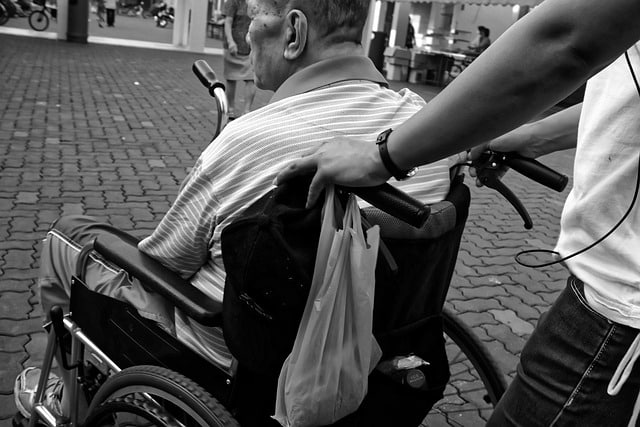
Weakness and reduced mobility often accompany the body’s decline. Movements become limited, and basic physical activities like walking or sitting up can become difficult or impossible. This physical frailty is a clear indicator that the body is no longer maintaining its previous levels of function.
Changes in Breathing Patterns
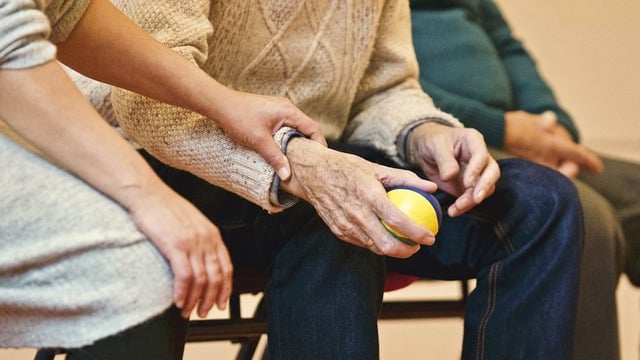
Breathing becomes irregular as death approaches. This may involve long pauses between breaths, a pattern known as Cheyne-Stokes breathing. These fluctuations in breathing are a reflection of the body’s diminishing ability to regulate its systems, including oxygen intake and carbon dioxide elimination.
Decrease in Circulation and Body Temperature
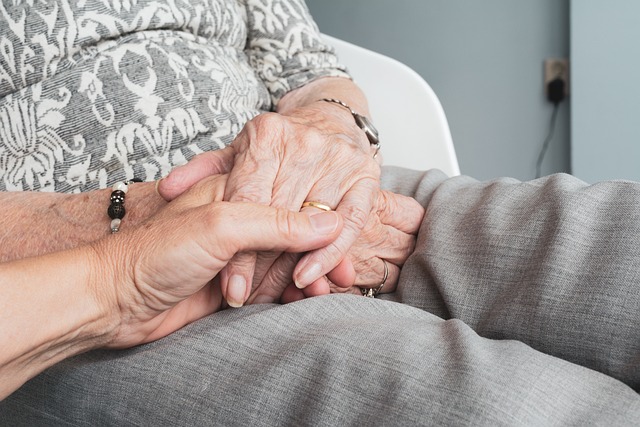
As circulation slows, the body’s extremities may feel cold, and the skin may appear blotchy or pale. Blood flow becomes concentrated around vital organs, leaving hands, feet, and other peripheral areas with less circulation. These signs reflect the body’s natural prioritization of key functions as life draws to a close.
Disorientation and Cognitive Decline
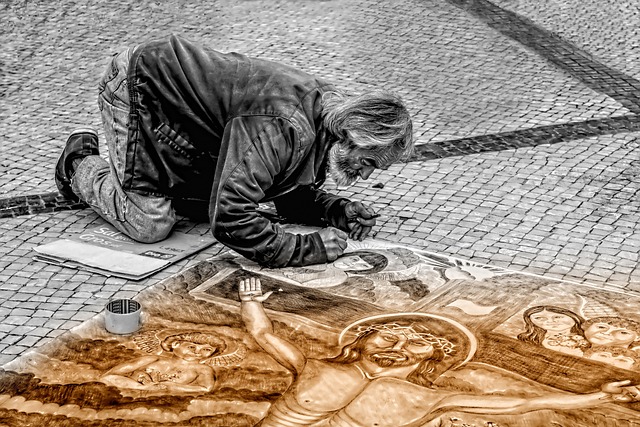
As the body weakens, mental clarity often diminishes. Individuals may experience confusion, disorientation, or hallucinations. This mental shift is common as the brain receives less oxygen and begins to lose its grip on reality.
Understanding the physical changes that occur at the end of life can help caregivers and loved ones recognize the natural progression of death. These changes, though challenging to observe, signify the body’s gradual and peaceful journey toward its final stage.
Source: viralstrange.



